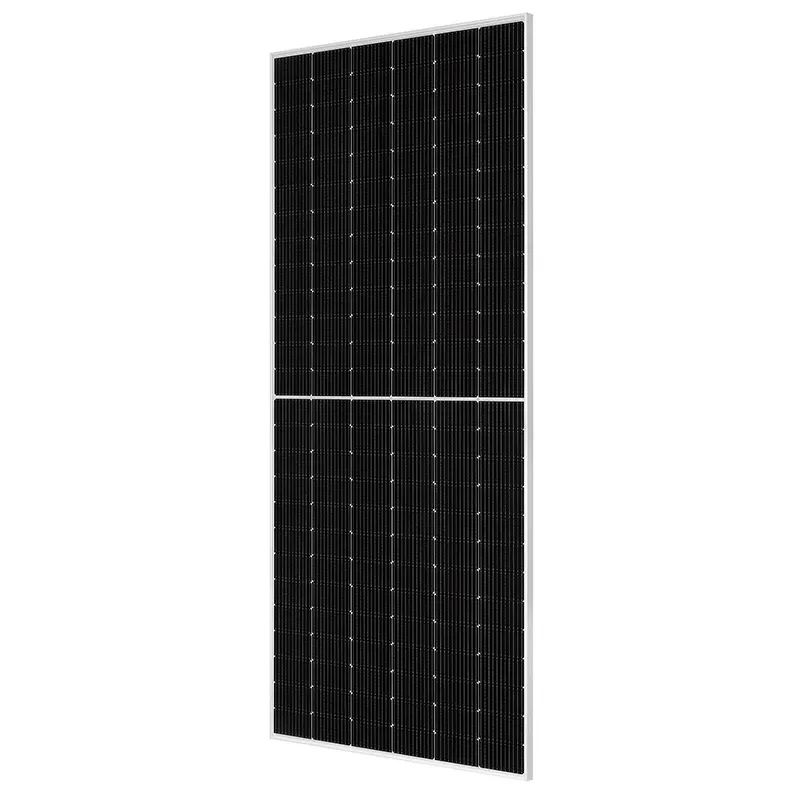Different Varieties of Solar Panels and Their Unique Features for Energy Production
Exploring the Various Types of Solar Panels
Solar power has emerged as one of the most viable and sustainable sources of energy in recent years. As technological advancements continue to evolve, the market has witnessed a diverse array of solar panels, each designed to cater to specific needs and applications. Understanding the different types of solar panels available can help homeowners and businesses make informed decisions when considering solar energy as a power source. This article will delve into the three main types of solar panels Monocrystalline, Polycrystalline, and Thin-Film.
Monocrystalline Solar Panels
Monocrystalline solar panels are recognized for their high efficiency and sleek aesthetics. They are made from a single crystal structure of silicon, which allows for greater electron movement and, consequently, improved energy generation. These panels typically have an efficiency rate of 15% to 22%, making them some of the most efficient options on the market.
One of the major benefits of monocrystalline panels is their longevity. They tend to last longer than other types of panels, with a lifespan of 25 years or more. This durability, coupled with their efficiency, makes them suitable for installations where space is limited, such as rooftops in urban areas.
However, the production process of monocrystalline solar panels is more energy-intensive and costly, resulting in a higher price point. Despite this, many homeowners consider them worth the investment due to their long-term performance and energy generation capabilities.
Polycrystalline Solar Panels
Polycrystalline solar panels are another popular option, characterized by a slightly lower manufacturing cost compared to monocrystalline panels. These panels are made from multiple silicon crystals melted together, which can lead to less efficient energy conversion—typically ranging from 13% to 16% efficiency.
While polycrystalline panels are generally less efficient than their monocrystalline counterparts, they have their own advantages. The manufacturing process for polycrystalline panels requires less energy, making them a more environmentally friendly choice. Additionally, they tend to cost less, making them an attractive option for those seeking a more budget-friendly solar solution.
types of solar panels

Polycrystalline panels are well-suited for larger installations where space is not a significant constraint. They perform adequately in bright sunlight but may be slightly less effective in lower light conditions compared to monocrystalline panels.
Thin-Film Solar Panels
Thin-film solar panels represent a third category of solar technology. These panels are composed of various materials, including cadmium telluride (CdTe), amorphous silicon, and copper indium gallium selenide (CIGS). Thin-film panels are known for their flexibility, lightweight design, and low production costs. However, their efficiency rates are generally lower, ranging from 10% to 12%.
One of the standout features of thin-film panels is their ability to perform better in low-light conditions and high temperatures compared to crystalline panels. This makes them suitable for a range of applications, including building-integrated photovoltaics (BIPV) and portable solar solutions.
However, the trade-off for this flexibility and lower cost is their relatively short lifespan, which can be around 10 to 20 years. Additionally, because of their low efficiency, more space is required for installation to generate the same amount of power as crystalline panels.
Conclusion
Choosing the right type of solar panel largely depends on individual needs, budget, and specific installation conditions. Monocrystalline panels are ideal for those seeking maximum efficiency and durability, while polycrystalline panels present a more cost-effective alternative with a slightly lower performance. On the other hand, thin-film panels offer flexibility and efficiency in low-light situations but may require more surface area for installation.
As solar technology continues to evolve, it’s essential for consumers and businesses to stay informed about their options. By understanding the different types of solar panels available, stakeholders can make choices that will lead to greater energy efficiency and sustainability in the long run. Ultimately, the decision to invest in solar power is a significant step towards reducing carbon footprints and embracing renewable energy sources.
-
Unlocking Energy Freedom with the Off Grid Solar InverterNewsJun.06,2025
-
Unlock More Solar Power with a High-Efficiency Bifacial Solar PanelNewsJun.06,2025
-
Power Your Future with High-Efficiency Monocrystalline Solar PanelsNewsJun.06,2025
-
Next-Gen Solar Power Starts with Micro Solar InvertersNewsJun.06,2025
-
Harnessing Peak Efficiency with the On Grid Solar InverterNewsJun.06,2025
-
Discover Unmatched Efficiency with the Latest String Solar InverterNewsJun.06,2025







